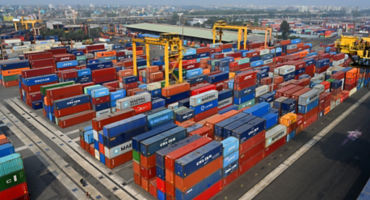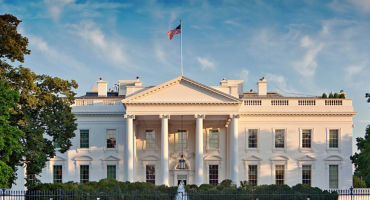Where we see opportunities in China
In our view, Chinese equities currently offer reasonable valuations, the likelihood of domestic policy support and the potential for lower correlations with other global risk assets. They have underperformed most other regions including the US, Europe and India since the start of the pandemic. Today, we believe Chinese equity market multiples appear reasonable relative to their own history while discounts to other key markets, such as the US, are near historical highs.
Importantly, unlike the developed world, the Chinese economy needed little stimulus in 2020 or 2021 amid the pandemic. In fact, the Chinese central bank’s balance sheet has been shrinking while the Fed’s expanded. It is now smaller as a percentage of GDP relative to that of its US peer. After emphasising reform in 2021, we expect the Chinese government to be both willing and able to support the economy this year. Notably, China faces less inflation pressure than the West and recently cut rates with room to move further. Taken together, we believe China’s economic cycle may exhibit limited correlation to that of the US and EU in the coming years.
Within this environment, we see several enduring areas of investment opportunity. Crucially, we do not believe that slowing GDP growth diminishes the return potential of Chinese equities. As US equities have demonstrated over the last decade, dramatic headline growth is not required for large economies to generate attractive equity returns.
- Innovation: Increasingly, Chinese companies are competing with the benefit of technological advantages or differentiated intellectual property. We see attractive opportunities to invest in health care, materials science and internet businesses, among others, that we believe display these qualities and offer strong organic growth fuelled by reinvestment of healthy margins.
- Localisation: Chinese companies also continue to localise their supply chains supporting domestic or regional brands. Bolstered by this rising demand, local companies are investing to reinforce their natural advantages stemming from proximity to their clients, including better customisation and flexible servicing. In addition, slowing domestic and export growth are expected to drive persistent industry consolidation, adding another compelling facet to this opportunity.
- Evolving consumption: China’s legacy growth model was dependent on exports and government investment. After two decades of rapid growth, the Chinese consumer sector is now the heart of the economy. As disposable income continues to rise, millions of Chinese consumers are seeking to upgrade their purchases, producing opportunities for businesses to grow margins through mix shift towards premium products.





















10 reasons why China could be the next rerating story
Continue readingMultiple authors